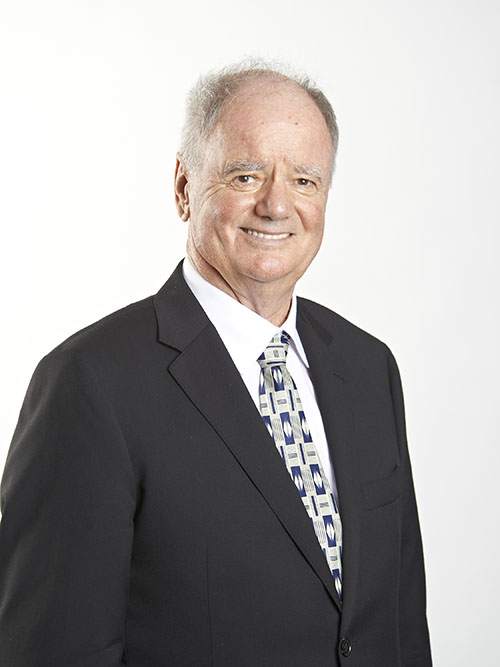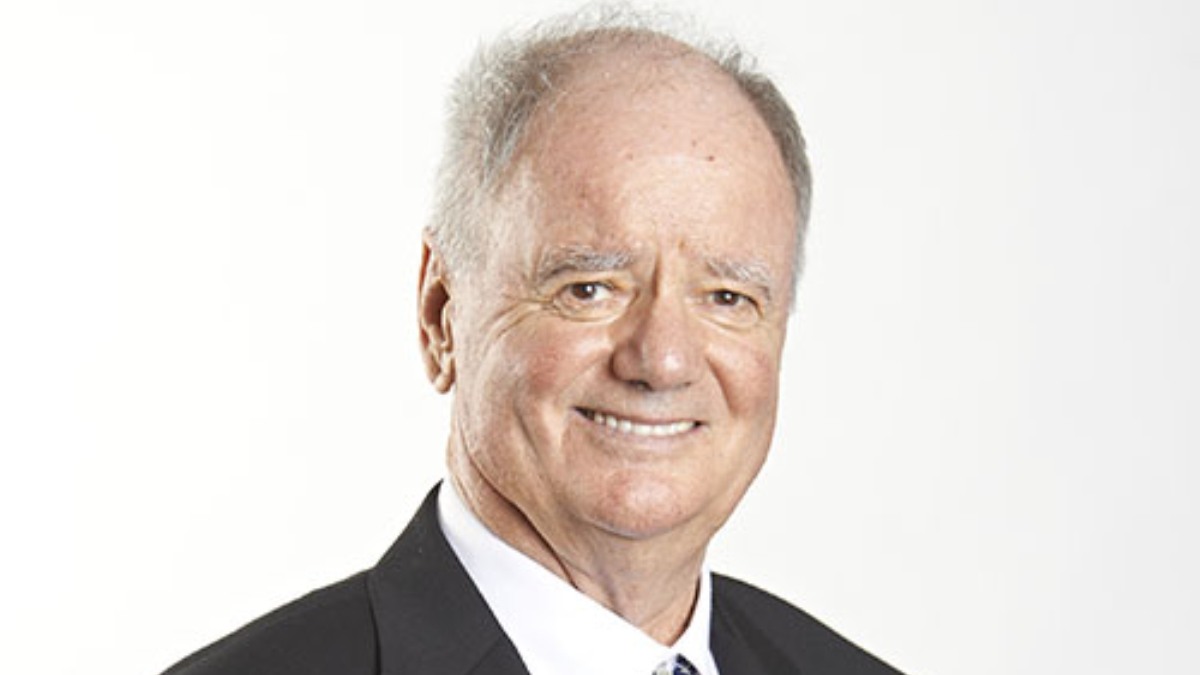Future Proof News
A transformational new plan considers the long-term future of the Hamilton-Waikato metro area without the limitations of existing territorial boundaries.
On Thursday 10th September, iwi, local government and central government approved a joint approach to planning for the future of the Hamilton-Waikato metro area for the first time. The Hamilton-Waikato Metropolitan Spatial Plan is based on a scenario of 500,000 people living in the metro area, extending from Taupiri in the north to Te Awamutu and Cambridge in the south.
It will ensure the area remains a sought-after place to live as it grows, where communities can easily access all the things they need, have great places to spend time in and a choice of transport options to get around.
Crucially, it considers all the elements which support or slow down future growth including transport, housing, waters services, economic investment, workforce, environment and recreation. As well as a shared vision, it will deliver a 30-year priority plan for development of key growth areas.
Minister for Urban Development Phil Twyford said this is a major milestone for urban development in New Zealand.
“It’s the first time that mana whenua, local and central government have jointly developed a plan for growing a city. By coordinating the planning and building of housing, transport and other supporting infrastructure, we’re setting the region up to prosper.
“The plan is a bold approach to growing this high-potential emerging metropolitan area. It takes great care to protect and enhance our natural, cultural and economic assets, and has a strong vision of creating thriving communities connected by public transport.”
Hamilton Mayor Paula Southgate said the plan was the first time all partners have set out a shared vision for the metro area.
“In that respect, it is transformational because we are not being artificially limited by what are essentially boundary lines on a map. Those lines are meaningless to most people who move seamlessly across boundaries for work or play. It’s not unusual to live in Waipā, but work in Hamilton, for example, and we need to recognise and plan for that,” she said.
“This gives us the opportunity to plan for growth now to deliver the best possible outcomes for our shared communities without being restricted by boundaries and instead doing what is best for Hamilton and the region.”
Hamilton plays a key role in linking the strong economic corridor from Ngaaruawaahia to Ruakura that will support many jobs in the metro area, building on its strengths with rapid and frequent transport networks as well as significant walking and cycling infrastructure.
Waikato-Tainui Te Arataura Chairperson Rukumoana Schaafhausen said she was a strong supporter of the plan’s commitment to the wellbeing of our awa, environment, culture and people.
“We have more than 30 marae in the metro area. This plan supports our continued investment in the wellbeing of our marae and tribal members and builds on recently announced projects at Ruakura and Hopuhopu. This is an inter-generational approach to ensure shared prosperity for both our people and the region.”

outlines a bold vision of protecting what we value most and
respecting natural constraints such as flood plains and elite soils.
Mr Rimmington added, “The concept of a blue-green network is a fundamental part of this plan. It’s an ambitious vision for an enhanced network of green space for people and the environment, which is a fundamental aspect of how the area will develop with the Waikato River. The plan also marks a real shift in thinking about transport. It reflects the importance of designing our urban areas and providing services that make public transport, walking and cycling people’s preferred way of getting around. This will bring a whole lot of social, economic and environmental benefits.”
While a lot of capacity for future growth is expected to be serviced by Hamilton, Ngaaruawaahia, Cambridge and Te Awamutu are also expected to benefit from significant growth.
Waikato Mayor Allan Sanson said there’s a real opportunity to address growth and related infrastructure challenges in the area at scale in a sustainable way with sound environmental outcomes.
“We’ve seen the impact of growth in other regions when it is not planned for well. We want to make sure we’re investing in infrastructure such as water services and public transport in the right places now to support future development in those key areas.
“I am particularly pleased with the recognition that the plan gives to the interconnected nature of communities within the Waikato and Waipā districts to Hamilton. There is an opportunity to enhance this through future transport corridors including rapid transit, frequent transit and feeder routes.”
Waipā Mayor Jim Mylchreest said unlocking development potential in this way will create efficiencies and greater economic opportunities for Waipā and will allow cross-regional facilities, such as the Hamilton Airport, to flourish.
“The need to integrate services and plan properly goes beyond a single council’s boundary, and it has never been more important than right now as Waipā, Waikato and Hamilton face rapidly growing populations. This plan will help Waipā, and the wider metro area, to create champion communities that meet our subregion’s future needs in a sustainable and coordinated approach.”
The plan is delivered through the Future Proof partnership and supports the wider Hamilton to Auckland Corridor Plan (H2A) to unlock the potential of the region. It will inform more detailed discussions around water, transport and land use in the metro area.
For more information, visit futureproof.org.nz

